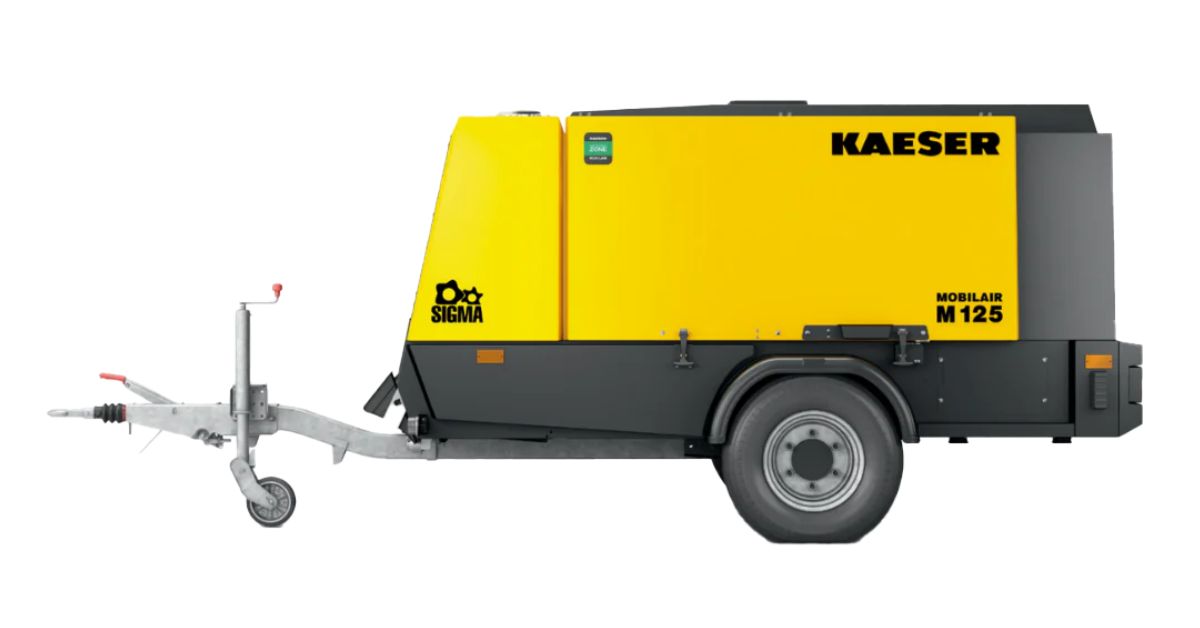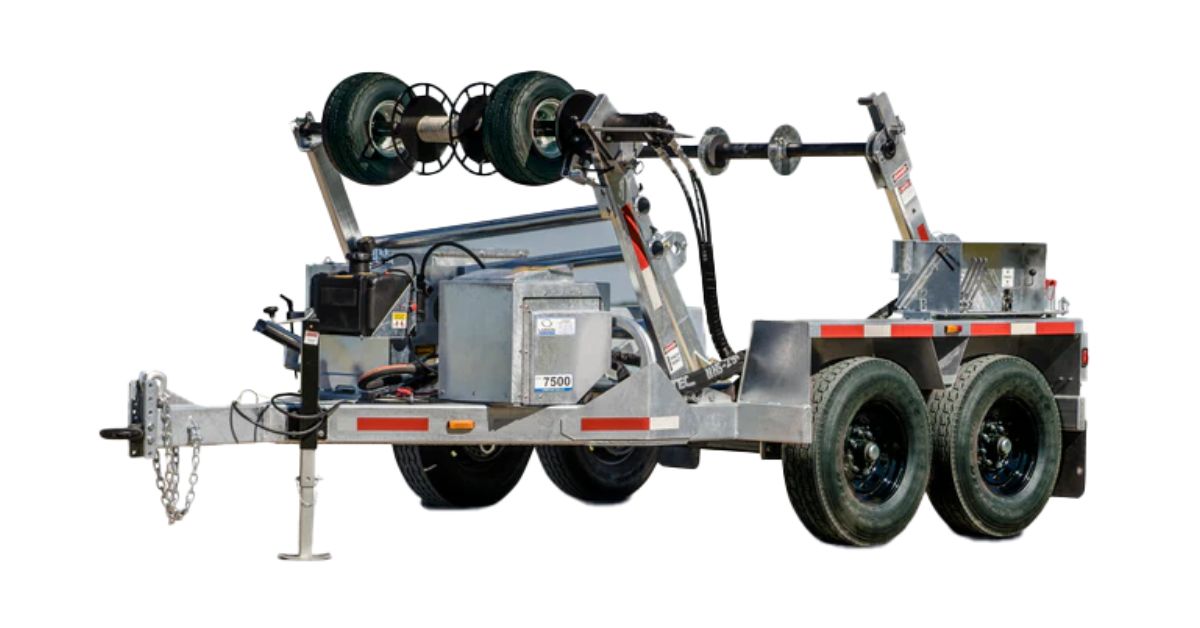No products in the cart.
How Fiber Splicing Trailers Help Contractors Meet Deadlines
Home How Fiber Splicing Trailers Help Contractors Meet Deadlines
- Home
- Resource Hub
- Millennium Blog
- How Fiber Splicing Trailers Help Contractors Meet Deadlines

Meeting project deadlines in the telecommunications industry requires precision, efficiency, and the right equipment. Fiber optic contractors face increasing pressure to deliver high-quality installations while maintaining aggressive timelines. One solution that improves project completion rates is the strategic deployment of fiber splicing trailers.
These specialized mobile units provide contractors with controlled environments, advanced equipment, and operational flexibility that directly contribute to faster project completion. Understanding how these trailers enhance productivity can help contractors make informed decisions about their equipment investments and project planning strategies. Let’s take a detailed look at how fiber splicing trailers help contractors meet deadlines with precision and efficiency at the forefront.
Mobile Workstations Eliminate Weather-Related Delays
Weather conditions create significant challenges for fiber optic splicing work. Rain, snow, extreme temperatures, and high humidity can halt outdoor splicing operations and compromise splice quality. Fiber splicing trailers provide climate-controlled environments that enable continuous work regardless of external conditions.
Temperature stability proves essential for fiber optic work, as extreme heat or cold affects splice quality and equipment performance. The controlled environment maintains optimal conditions for precision splicing, ensures consistent results, and reduces the need for rework.
Centralized Equipment Storage Reduces Setup Time
Traditional fiber splicing operations often require contractors to transport multiple pieces of equipment to each work site separately. This approach increases setup time and creates opportunities for equipment damage or loss. A cable splicing trailer consolidates all necessary equipment in one mobile unit.
Essential equipment stored in these trailers includes:
- Fusion splicers and accessories
- Optical time-domain reflectometers (OTDRs)
- Fiber cleaning supplies and tools
- Splice enclosures and hardware
- Power supplies and backup batteries
- Documentation and testing equipment
This centralized approach reduces daily preparation time and ensures contractors arrive at each location fully equipped for immediate work.

Dedicated Power Systems Ensure Consistent Operations
Reliable power supply remains critical for fiber splicing operations. Many work sites lack adequate electrical infrastructure or present power quality issues that can damage sensitive equipment. Fiber splicing trailers incorporate dedicated power systems designed specifically for telecommunications equipment.
These power systems include battery backup capabilities that maintain operations during power outages or fluctuations. Uninterruptible power supply (UPS) systems protect expensive splicing equipment from power surges and ensure data integrity during testing procedures.
Organized Work Environments Improve Efficiency
Cluttered or inadequate work spaces slow down splicing operations and increase error rates. Fiber splicing trailers feature purpose-built interiors with designated storage areas, work surfaces, and equipment mounting systems. This organization enables technicians to work more efficiently and reduces time spent searching for tools or materials.
Proper workstation ergonomics also contribute to technician productivity and reduce fatigue during long splicing sessions. Well-designed trailers include adjustable seating, proper lighting, and ventilation systems that maintain comfortable working conditions.
Reduced Transportation Costs Lower Project Overhead
Traditional approaches often require multiple trips between equipment storage facilities and work sites. Each trip consumes time and fuel while increasing vehicle wear and transportation costs. Fiber splicing trailers reduce these expenses by consolidating equipment transportation into single trips.
Fleet efficiency improves when contractors can deploy one trailer instead of multiple vehicles carrying individual equipment pieces. This consolidation also reduces the total number of vehicles required for large projects, lowering insurance and maintenance costs.
Enhanced Security Protects Valuable Equipment
Telecommunications equipment represents significant capital investments that require protection from theft and environmental damage. Fiber splicing trailers provide secure storage with lockable compartments and weather-resistant construction.
Security systems integrated into trailers include alarm systems, GPS tracking, and remote monitoring capabilities. These features protect equipment investments and provide peace of mind when trailers remain at work sites overnight or during extended projects.
Faster Site-To-Site Mobility Increases Daily Productivity
Multi-site projects require efficient transitions between work locations. Fiber splicing trailers enable rapid deployment and relocation, minimizing downtime between sites. Self-contained units move quickly from one location to another without extensive setup or breakdown procedures.
This mobility proves particularly valuable for projects spanning large geographical areas or involving multiple discrete work sites. Contractors can complete more work locations per day, accelerating overall project timelines.
Standardized Workflows Improve Quality Control
Consistent work environments promote standardized procedures and quality control measures. When technicians work in familiar, well-organized spaces with readily available tools, they follow established workflows more effectively.
Standardization reduces variability in splice quality and documentation procedures. This consistency leads to fewer rework requirements and faster acceptance testing, contributing to improved project completion rates.

Reduced Equipment Setup Time Maximizes Productive Hours
Daily equipment setup and breakdown consume significant portions of technician time. Traditional approaches may require 30 – 60 minutes of setup time at each location. Fiber splicing trailers reduce this time investment through pre-configured equipment arrangements and integrated power systems.
Technicians can begin productive work within minutes of arriving at new sites. This time savings accumulates throughout project duration by creating substantial efficiency gains that directly affect deadline achievement.
Temperature-Controlled Storage Protects Fiber Quality
Fiber optic cables require proper storage conditions to maintain performance characteristics. Temperature fluctuations, moisture exposure, and physical stress can degrade fiber quality and create splicing challenges.
Fiber splicing trailers provide controlled storage environments that protect fiber inventory and ensure optimal splicing conditions. Climate control systems maintain stable temperature and humidity levels that preserve fiber integrity and splice quality.
Integrated Testing Capabilities Accelerate Project Completion
Comprehensive testing capabilities integrated within trailers enable immediate verification of splice quality and system performance. This integration eliminates delays associated with separate testing procedures or equipment transportation.
OTDR testing, power meter measurements, and documentation can occur simultaneously with splicing operations. This parallel processing approach reduces total project time while maintaining quality standards and regulatory compliance requirements.
Maximize Project Efficiency Through Strategic Planning
Fiber splicing trailers represent strategic investments that compound efficiency gains across multiple projects. Contractors who implement these mobile solutions consistently report improved deadline achievement rates and enhanced profitability. The combination of weather protection, equipment consolidation, and operational flexibility creates measurable advantages in competitive telecommunications markets.
Successful deadline management requires careful consideration of equipment capabilities, project requirements, and operational efficiency factors. Fiber splicing trailers address these critical elements while providing long-term value through reduced operational costs and improved project outcomes.
If your contractors are ready to begin meeting project deadlines with ease, partner with Millennium Broadband Solutions for fiber splicing trailers designed with your efficiency in mind.
